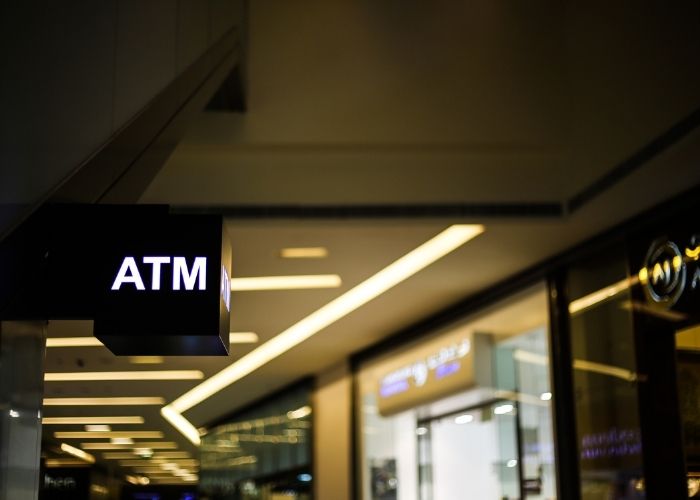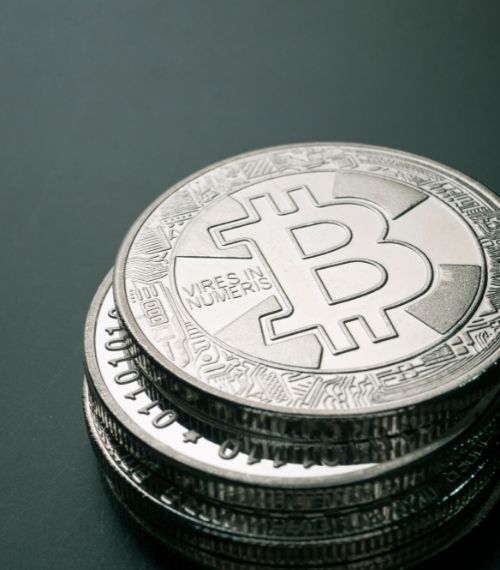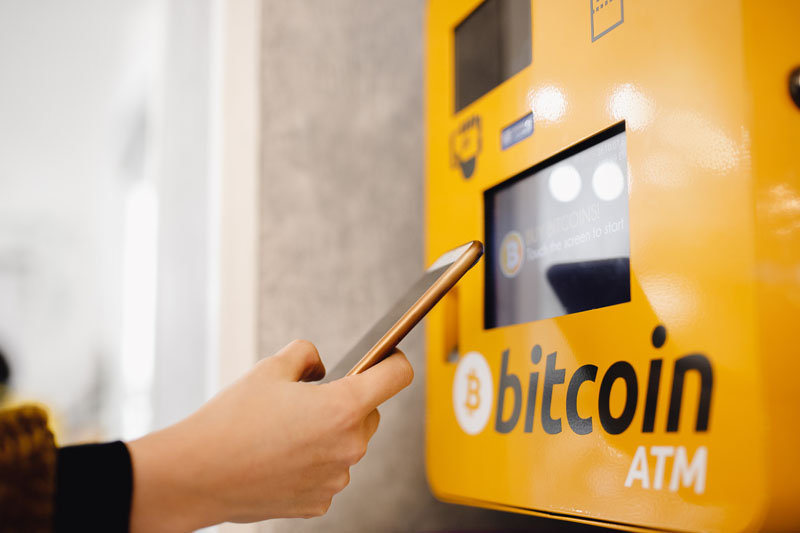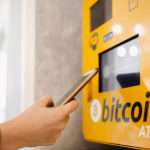What are crypto ATMs?
Recently, you may have seen new ATMs popping up everywhere from airports to retail stores to 7/11s. These new ATMs are crypto ATMs, also known as a crypto ATM machine, cryptocurrency ATM, Bitcoin ATM (BATM) or BTM kiosk.
Crypto ATMs are standalone, internet-enabled kiosks that allow individuals to buy or sell cryptocurrencies or Bitcoin by depositing cash or, in some case, using a credit card at the terminal. Crypto ATMs and Bitcoin ATMs are not usually connected to financial institutions, banks or a person’s bank account.

Why use crypto ATMs rather than exchanges?
There are several reasons seasoned crypto investors and novice investors alike would rather use a crypto ATM than a cryptocurrency exchange. Some of those main reasons include the privacy, ownership, security and speed that crypto ATMs provide to investors as well as the opportunity for people without bank accounts to transact in cryptocurrencies.
How to Use Crypto ATMs
Crypto ATMs and Bitcoin ATMs are connected to the internet and allow individuals to make blockchain-based cryptocurrency or Bitcoin transactions. There are two types of crypto or Bitcoin ATMs and those are unidirectional (one-way) and bidirectional (two-way). In this instance, we will explain how to use a bidirectional crypto ATM.
Should an individual want to make a crypto transaction, there are two easy steps to follow. In the first step, the individual must verify their identity. Identity verification may be done in a variety of ways depending on the crypto or Bitcoin ATM. Verification could include inputting one’s cellphone number to receive a verification code or receiving a one-time password for access or even a palm scan as identity verification. In the second step, the individual will decide if they would like to purchase or sell crypto. If they would like to purchase, they will deposit fiat currency into the ATM and using their mobile phone they will scan a quick response code (QR code) that is linked to the individual’s digital wallet or exchange enabling the purchase of coins. If the individual would like to sell crypto, they would select how much they’d like to sell, scan the QR code to link to their digital wallet or exchange and then receive cash directly from the ATM. Once a transaction is complete, the individual will receive a paper receipt and see a record of this transaction on their digital wallet.
If a person does not have a digital wallet, a new one can be created to enable such transactions at crypto ATMs or Bitcoin ATMs.

How to Find a Crypto ATM Near You
The availability of crypto ATMs and Bitcoin ATMs have steadily increased in the United States and internationally since 2013. In a July 2021 article by Forbes, there are 17,436 crypto ATMs in the United Sates. Should a person want to use any one of those thousands of crypto ATMs in the U.S. or find one internationally, they can do so by using search tools on the internet. Listed below are a few websites that allow geographic crypto ATM or Bitcoin ATM searches:



